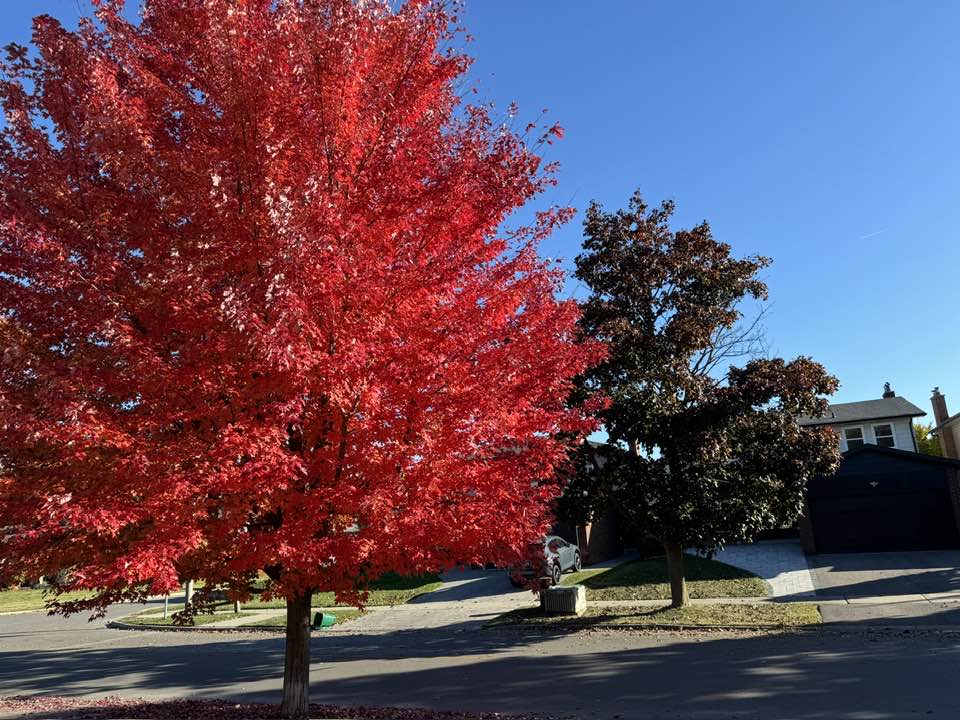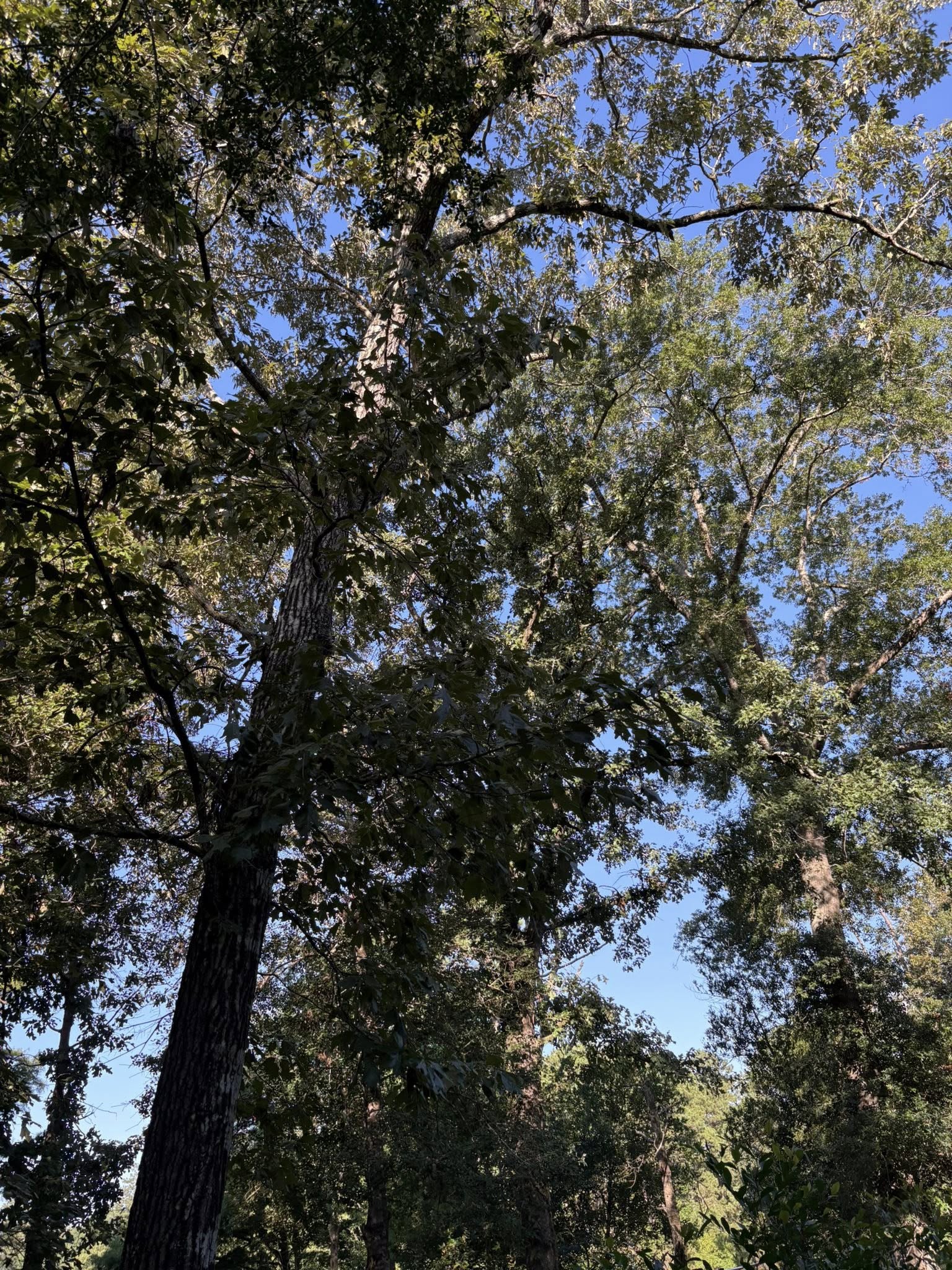Fall is a magical time for planting trees. The cooler temperatures, moist soil, and gentle breezes create ideal conditions for roots to establish before winter’s chill sets in. Planting in autumn gives trees a head start, allowing them to thrive come spring. Whether you’re aiming to add vibrant color, provide shade, or attract wildlife to your yard, choosing the right tree is key. But with so many options, how do you pick the perfect one for your space? This guide explores the top seven trees to plant in fall, tailored to suit a variety of yards and preferences. From fiery maples to sturdy oaks, these picks offer beauty, resilience, and ecological benefits.
Why Plant Trees in Fall?
The Benefits of Autumn Planting
Fall’s cooler air and warm soil create a nurturing environment for young trees. Roots grow steadily without the stress of summer heat, giving trees a strong foundation. Plus, reduced evaporation means less watering, and autumn’s rainfall often does much of the work for you. Why is fall such a great season for planting? It’s simple: trees planted now can focus energy on root development rather than leaf growth, setting them up for a robust spring.
Considerations for Your Yard
Before selecting a tree, assess your yard’s conditions. What’s your soil type? How much sunlight does the area get? Are you in an urban space or a sprawling rural lot? These factors influence which trees will thrive. Also, think about your goals—do you want shade, privacy, or a pop of color? Each tree on this list offers unique traits to match different needs and landscapes.
Top 7 Trees to Plant in Fall
1. Sugar Maple (Acer saccharum)

Why It’s Great
Sugar maples are the rock stars of fall foliage, painting yards with fiery shades of orange, red, and yellow. Native to North America, they’re hardy and adaptable, thriving in USDA zones 3–8. Why choose a sugar maple? Its stunning autumn display and long lifespan make it a timeless addition to any yard.
Planting Tips
- Location: Full sun to partial shade.
- Soil: Well-drained, slightly acidic soil.
- Size: Grows 60–75 feet tall, so give it space.
- Care: Water regularly during the first year; mulch to retain moisture.
Bonus Perk
Sugar maples attract birds and provide ample shade, making them perfect for family-friendly yards or those looking to create a cozy outdoor retreat.
2. Red Oak (Quercus rubra)

Why It’s Great
Red oaks are sturdy, fast-growing trees that bring rich red and bronze hues to fall landscapes. Their broad canopies offer excellent shade, and they’re adaptable to various soil types. Ideal for larger yards in zones 4–8, red oaks are low-maintenance and long-lived. Want a tree that’s both bold and reliable? This is it.
Planting Tips
- Location: Full sun for best growth.
- Soil: Tolerates clay, loam, or sandy soils.
- Size: Reaches 50–75 feet tall and wide.
- Care: Prune in late fall to shape young trees; avoid overwatering.
Bonus Perk
Red oaks support wildlife, providing acorns for squirrels and nesting spots for birds, enhancing your yard’s ecosystem.
3. Japanese Maple (Acer palmatum)
Why It’s Great
For smaller yards or urban gardens, Japanese maples are a dream. Their delicate, lacy leaves turn brilliant shades of crimson and gold in fall, creating a serene focal point. With countless varieties, there’s a Japanese maple for every aesthetic. Why go with this tree? Its compact size and elegant form suit patios, courtyards, or cozy corners.
Planting Tips
- Location: Partial shade to protect delicate leaves.
- Soil: Moist, well-drained, slightly acidic soil.
- Size: Varies by cultivar, typically 10–25 feet tall.
- Care: Protect from harsh winds; mulch to keep roots cool.
Bonus Perk
Japanese maples are perfect for container planting, offering flexibility for renters or those with limited space.
4. Dogwood (Cornus florida)
Why It’s Great
Flowering dogwoods are beloved for their spring blossoms and vibrant fall foliage in shades of red and purple. Native to eastern North America, they thrive in zones 5–9 and add year-round interest. Looking for a tree that’s both pretty and practical? Dogwoods fit the bill with their compact size and wildlife-friendly berries.
Planting Tips
- Location: Partial shade to full sun.
- Soil: Rich, well-drained soil.
- Size: Grows 15–30 feet tall.
- Care: Water deeply during dry spells; avoid heavy pruning.
Bonus Perk
Dogwood berries attract songbirds, making your yard a haven for local wildlife.
5. Ginkgo (Ginkgo biloba)
Why It’s Great
Ginkgo trees are living fossils, unchanged for millions of years, and their fan-shaped leaves turn a dazzling gold in fall. Hardy in zones 3–9, they’re resistant to pests and pollution, making them ideal for urban yards. Why plant a ginkgo? Its unique beauty and resilience make it a standout choice.
Planting Tips
- Location: Full sun for vibrant color.
- Soil: Adaptable to most soil types.
- Size: Reaches 50–80 feet tall.
- Care: Choose male trees to avoid smelly fruit; water moderately.
Bonus Perk
Ginkgos are low-maintenance and add a touch of history to your landscape.
6. Sweetgum (Liquidambar styraciflua)
Why It’s Great
Sweetgums are known for their star-shaped leaves and a kaleidoscope of fall colors—red, purple, and yellow. They thrive in zones 5–9 and are perfect for adding drama to larger yards. Want a tree that steals the show? Sweetgums deliver bold beauty and year-round interest.
Planting Tips
- Location: Full sun for maximum color.
- Soil: Moist, well-drained soil; tolerates clay.
- Size: Grows 60–75 feet tall.
- Care: Clean up spiky seed balls to avoid lawn clutter.
Bonus Perk
Sweetgums are fast-growing, providing quick shade and privacy.
7. Serviceberry (Amelanchier spp.)
Why It’s Great
Serviceberries are multi-season superstars, offering spring flowers, edible summer berries, and fiery orange-red fall foliage. Perfect for small yards or as an understory tree in zones 4–9, they’re easy to grow and eco-friendly. Why pick a serviceberry? It’s a low-maintenance tree that supports pollinators and wildlife.
Planting Tips
- Location: Full sun to partial shade.
- Soil: Well-drained, slightly acidic soil.
- Size: Typically 15–25 feet tall.
- Care: Prune lightly to maintain shape; water during establishment.
Bonus Perk
The edible berries are a treat for both humans and birds, adding a practical twist to this ornamental tree.
How to Plant Trees in Fall
Step-by-Step Guide
Planting a tree correctly ensures it thrives for years. Follow these steps for success:
- Choose the Right Spot: Match the tree’s light and soil needs to your yard’s conditions.
- Dig the Hole: Make it twice as wide and as deep as the root ball.
- Prepare the Tree: Gently loosen roots and remove any damaged ones.
- Plant: Place the tree in the hole, ensuring the root collar is level with the ground.
- Backfill: Fill with native soil, tamping lightly to remove air pockets.
- Water: Give a deep watering to settle the soil.
- Mulch: Apply 2–3 inches of mulch around the base, keeping it away from the trunk.
Common Mistakes to Avoid
- Planting Too Deep: This suffocates roots. Ensure the root collar is at ground level.
- Overwatering: Soggy soil can rot roots. Water deeply but infrequently.
- Ignoring Spacing: Give trees room to grow to their mature size.
Caring for Your Newly Planted Tree
Watering and Mulching
Consistent moisture is crucial in the first year. Water weekly, providing 1–2 inches of water, especially during dry spells. Mulch helps retain moisture and regulate soil temperature, but don’t pile it against the trunk—this invites pests and disease.
Pruning and Maintenance
Limit pruning in the first year to damaged or crossing branches. Fertilize sparingly, if at all, as young trees need time to adjust. Stake only if the tree is in a windy area, and remove stakes after one year to encourage strong roots.
Protecting Against Winter
In colder zones, wrap young trees with burlap to shield them from harsh winds or frost. Check for pests like deer or rodents, which may nibble on tender bark in winter.
Why These Trees Suit Every Yard
Each tree on this list was chosen for its adaptability, beauty, and ability to thrive when planted in fall. Whether you have a sprawling lawn or a tiny urban plot, there’s a tree here for you. Sugar maples and red oaks suit large spaces, while Japanese maples and serviceberries shine in smaller yards. Ginkgos and dogwoods add unique flair, and sweetgums bring bold color. By matching the tree to your yard’s conditions and your aesthetic goals, you’ll create a landscape that’s both functional and stunning.
